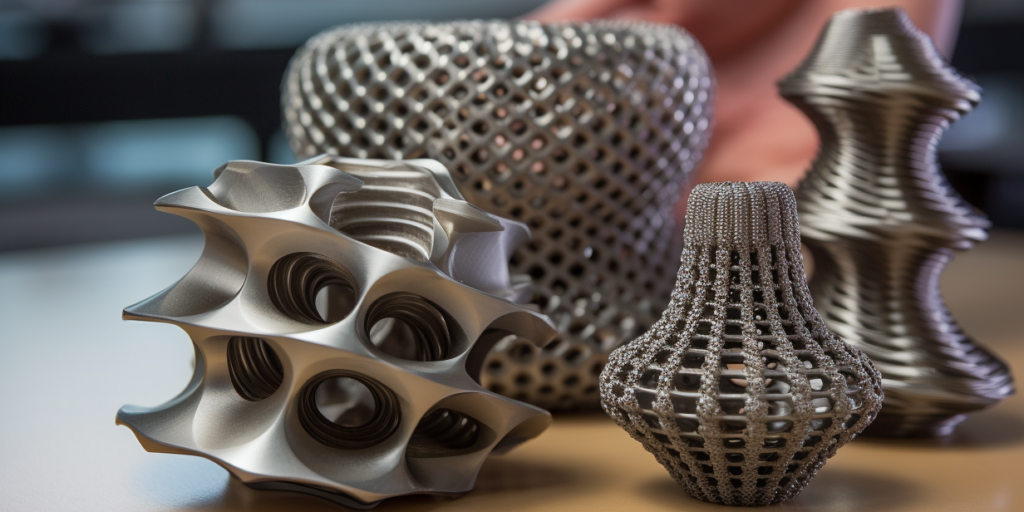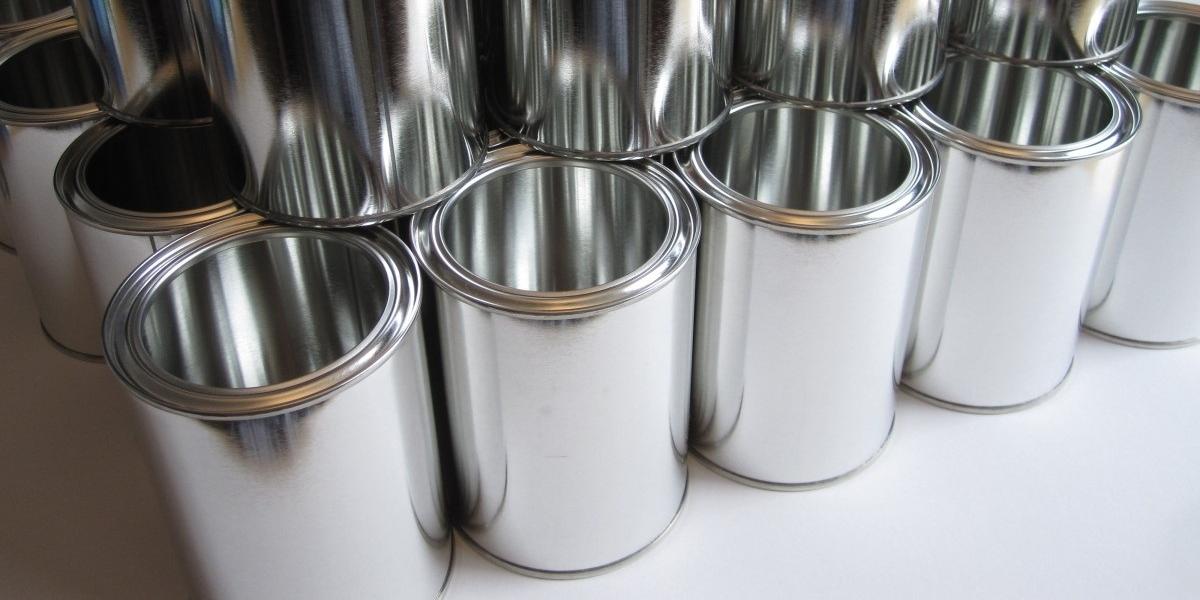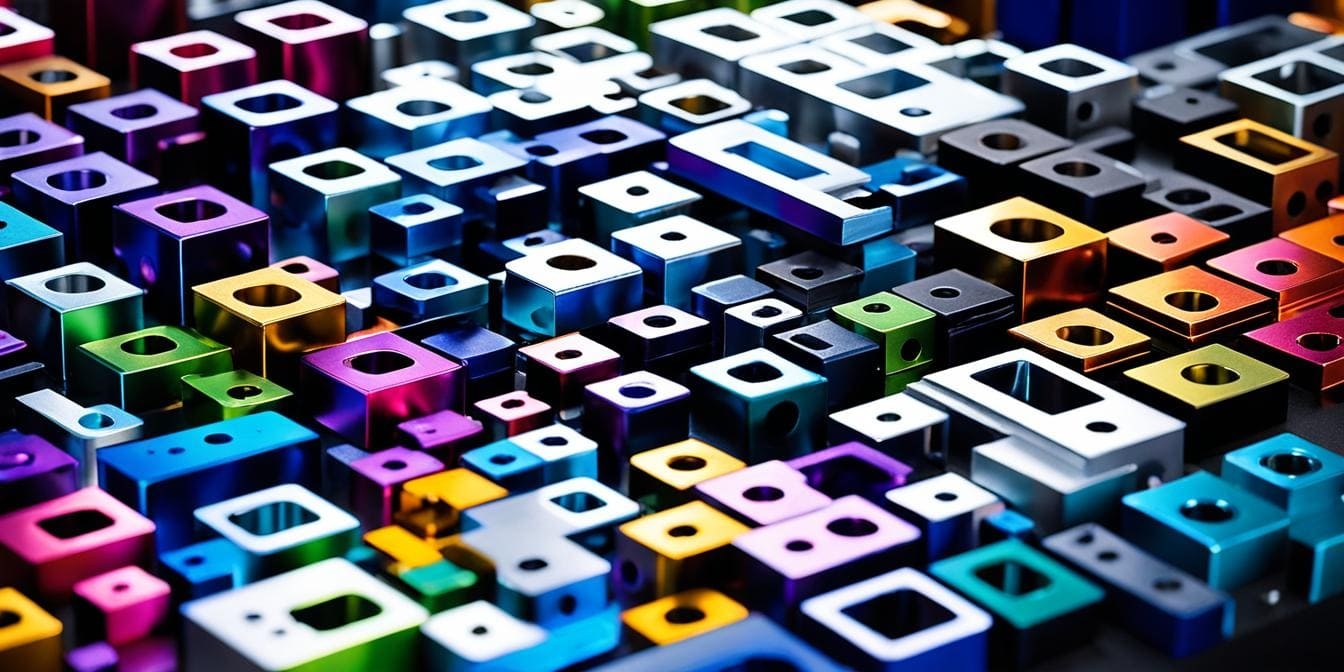In industrial production, PVC is the world’s third-most widely produced synthetic plastic, after polyethylene and polypropylene, with an annual production of about 40 million metric tons.
So what special properties does this material have? What are its advantages and disadvantages compared to other chemical materials?
This article will explore the mystery behind it.
What is PVC(Polyvinyl Chloride)?
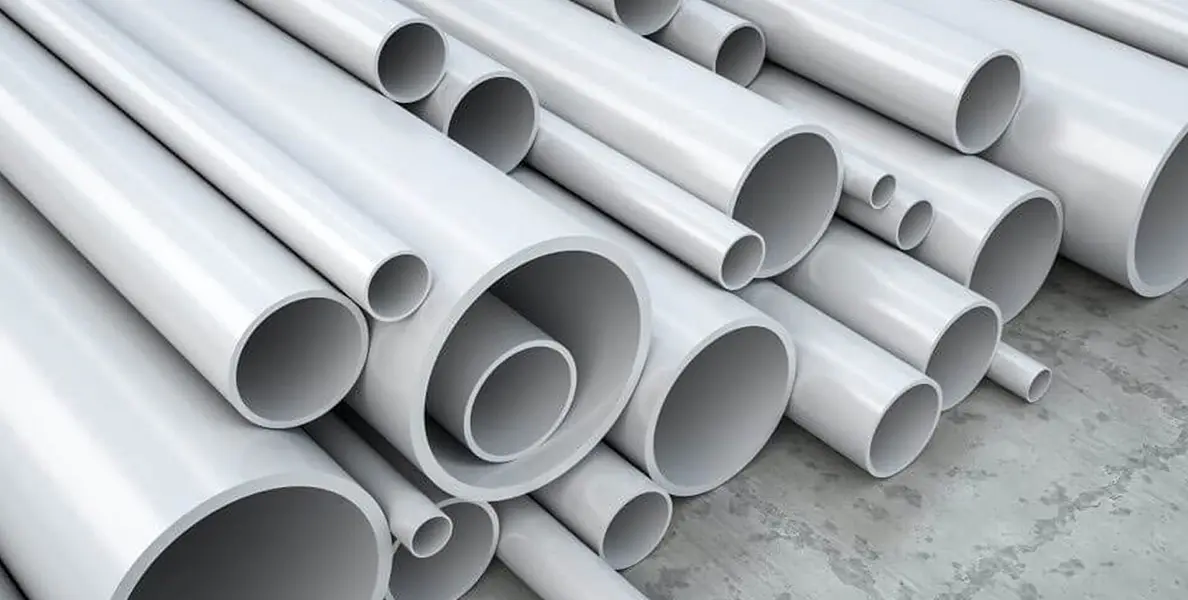
PVC, or polyvinyl chloride, is a widely used synthetic plastic polymer.
It is versatile and can be manufactured in various forms, ranging from rigid to flexible, which makes it suitable for a wide range of applications.
Properties
Physical Properties
- Lightweight
- Durable, Resistant to wear and tear: making it ideal for many applications, from plumbing pipes to flooring
- Excellent tensile strength and impact resistance: Ensuring its longevity in both indoor and outdoor environments.
- Rigidity and Flexibility: This material is available in different grades, which further enhances its usability.
Chemical Properties
- Chemical resistance: It is inherently resistant to chemicals, oils, and corrosive substances, making it suitable for industrial applications where exposure to harsh environments is common
- Non-conductive: reducing the risk of electrical hazards in applications such as wiring insulation.
- Pollution and Damage Risk: It is important to note that PVC can release harmful substances when burned, emphasizing the need for safe disposal methods
Types
This versatile plastic comes in several types, each suited for different applications.
Rigid PVC
This type often used in construction, is known for its durability and strength, making it ideal for:
- Pipes
- Windows
- Doors
Its resistance to moisture and chemicals further enhances its suitability for various building projects.
Flexible PVC
This type contains additional additives that allow it to bend and stretch without breaking and is frequently used in applications such as:
- Electrical cable insulation
- Inflatable products
- Flooring.
Unplasticized PVC
UPVC is particularly resistant to weather changes, commonly used in:
- Window frames
- Plumbing
Applications
This plastic is used in:
The Construction Sector
This material is a durable and cost-effective alternative for:
- Pipes
- Windows
- Flooring
- Plumbing
- Electrical installations
The Manufacturing of Packaging Materials
Its lightweight and flexible properties ensuring product safety and freshness, allow for the production of:
- Food wraps
- Containers
- Blister packs
The Healthcare Industry
This sector also benefits from this material’s sterility and easy to clean for:
- Medical devices
- IV bags
- Tubing
Consumer Products
It is also used in:
- Toys
- Credit cards
- Upholstery
- Clothing
Its ability to be easily colored and shaped makes it a popular choice for designers and manufacturers.
PVC vs PEX
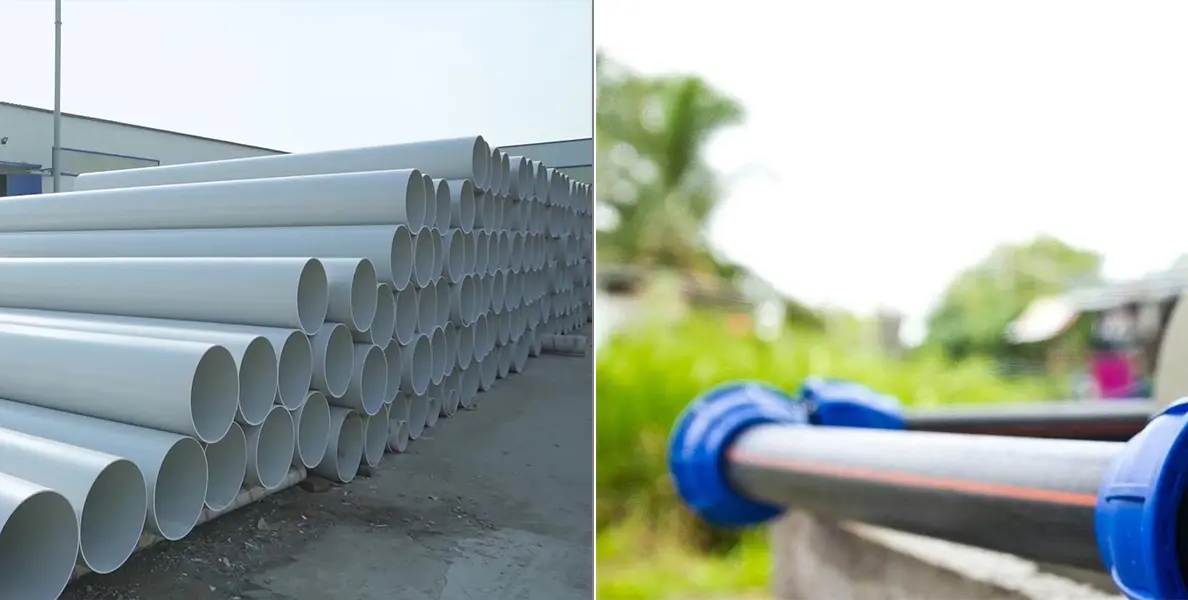
PVC is often used for drainage, waste, and vent piping. It is resistant to corrosion and suitable for a wide range of temperatures. However, it can become brittle when exposed to UV light and is not recommended for hot water systems, as it can warp or degrade.
PEX(Cross-Linked Polyethylene) is a more flexible option that can expand and contract without damage, making it ideal for hot and cold water supply lines.
Its ease of installation often reduces labor costs, as it can be snaked into walls or around corners without the need for numerous fittings. Furthermore, PEX is less likely to burst in freezing conditions, making it a popular choice in colder climates.
| Attributions | PVC | PEX |
| Suited Parts |
|
|
| Installation Difficulty | Harder | Easier |
| Expansion | Relatively Worse | Better |
| In Different Range of Temperature | A wider range of temperatures, but likely to warp or degrade at extremely high or low temperatures | Smaller temperature range, but greater resistance to extreme high and low temperatures |
| Corrosion Resistance | Better | Relatively Worse |
PVC vs ABS
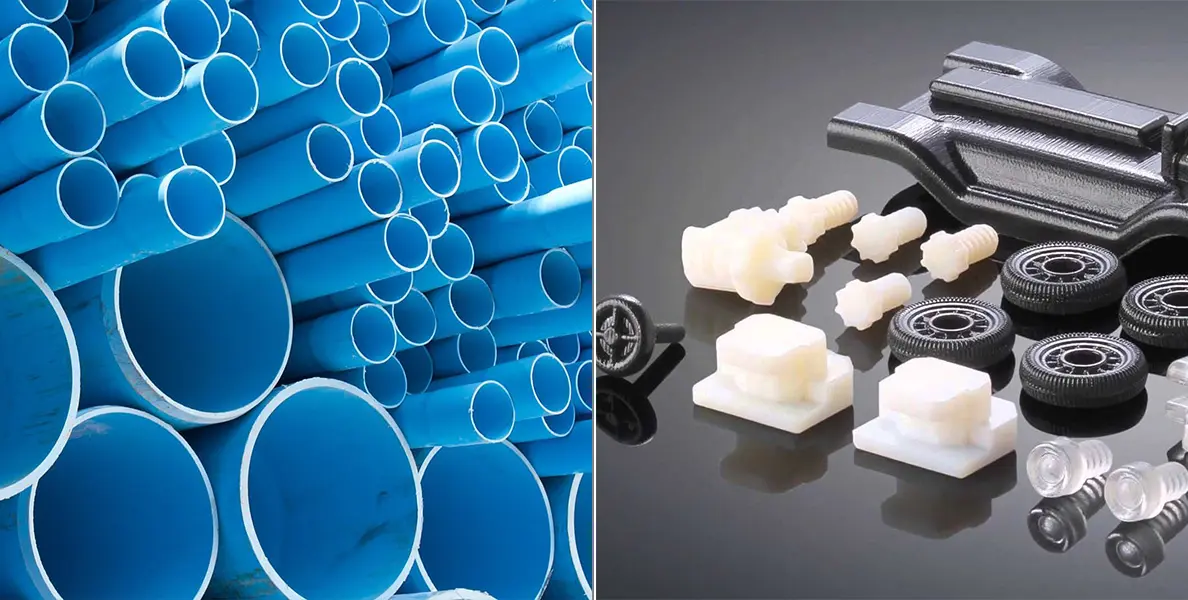
PVC is ideal for plumbing and electrical applications. It is also lightweight and can be easily molded into various shapes.
ABS(acrylonitrile butadiene styrene)is favored for its high impact resistance and toughness, making it suitable for products that require durability, such as toys and automotive parts.
While ABS is less resistant to chemicals, it can withstand higher temperatures, which makes it useful in applications where heat resistance is essential.
| Attributions | PVC | ABS |
| Suited Parts |
|
|
| Versatility | Lightweight and can be easily molded into various shapes | Favored for its high impact resistance and toughness |
| Resistant | Better in chemicals, relatively worse in heat | Better in heat, relatively worse in chemicals |
PVC vs Vinyl
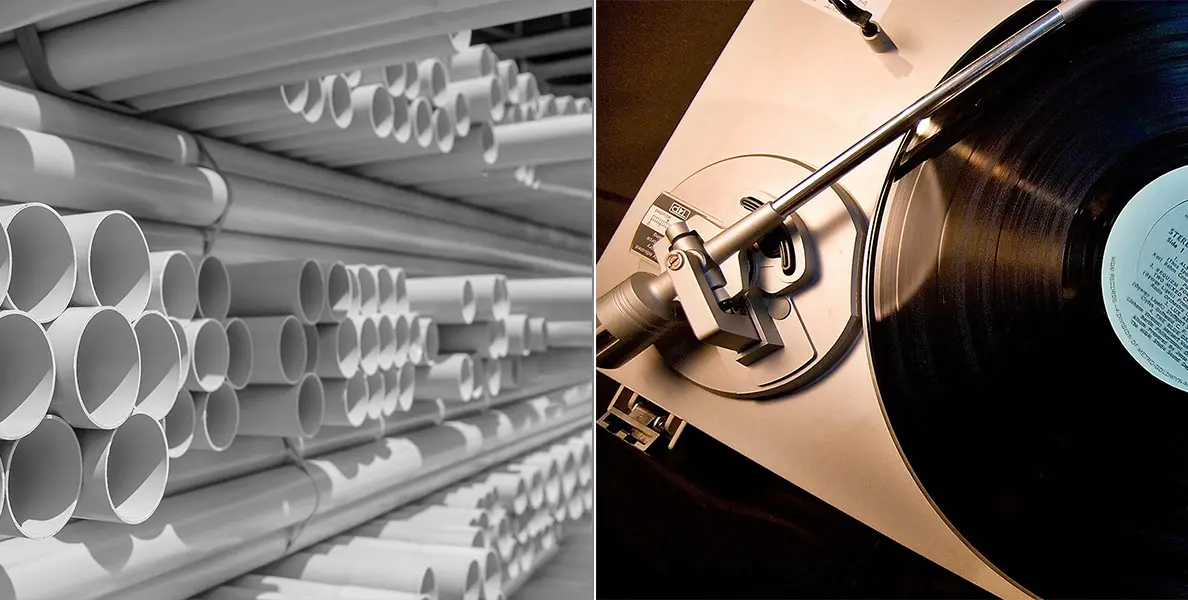
All vinyl is made from PVC, but not all PVC is categorized as vinyl. Vinyl typically refers to products from PVC designed for specific uses, such as vinyl siding, records, or upholstery.
PVC can be rigid or flexible, making it suitable for everything from pipes to flooring.
While PVC is inherently strong and resistant to moisture and chemicals, vinyl products often undergo additional processing to enhance their aesthetic qualities, such as color and texture.
| Attributions | PVC | Vinyl |
| Relationship | Vinyl is a kind of PVC | |
| Suited Parts |
|
|
| Aesthetic qualities | Relatively Worse | Better |
Polypropylene vs PVC
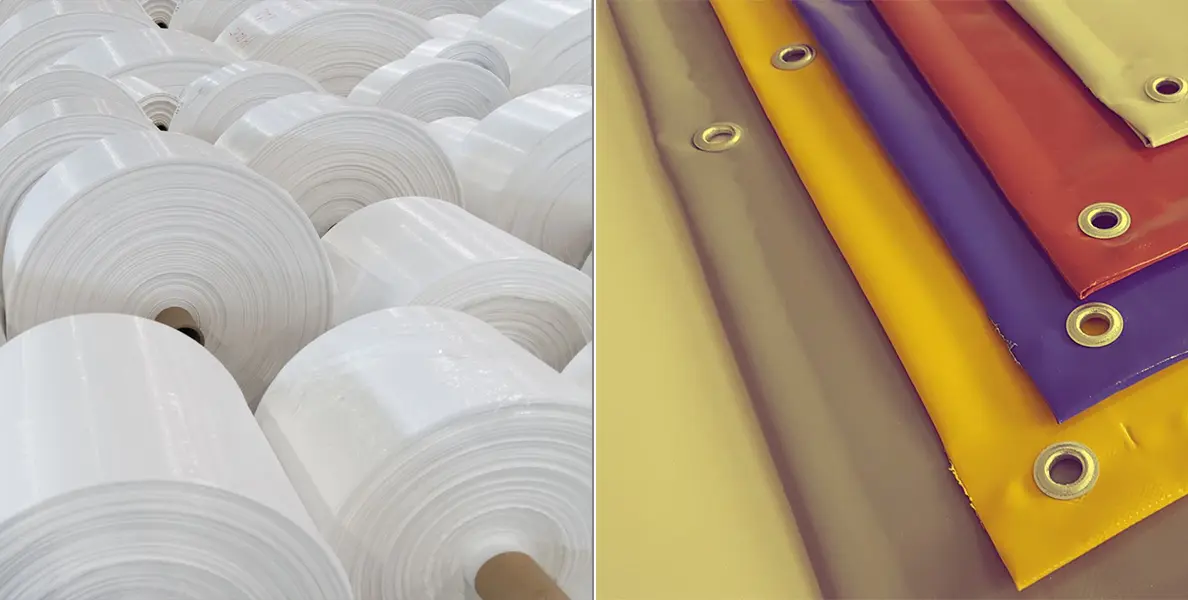
Polypropylene(PP) is known for its lightweight nature, excellent chemical resistance, and high melting point, making it ideal for packaging, automotive parts, and textiles.
Its flexibility and durability also contribute to its popularity in consumer goods and medical applications.
PVC is recognized for its rigidity and strength, often used in construction and plumbing materials.
It is also versatile, available in both rigid and flexible forms, which allows for a variety of uses, from flooring to electrical cable insulation.
However, it can be less environmentally friendly due to its chlorine content and the potential release of harmful chemicals during production and disposal.
| Attributions | PVC | Polypropylene |
| Suited Parts |
|
|
| Environmental Issue | Risk of pollution and damage in production and disposal | More environmentally friendly |
PVC vs Polycarbonate
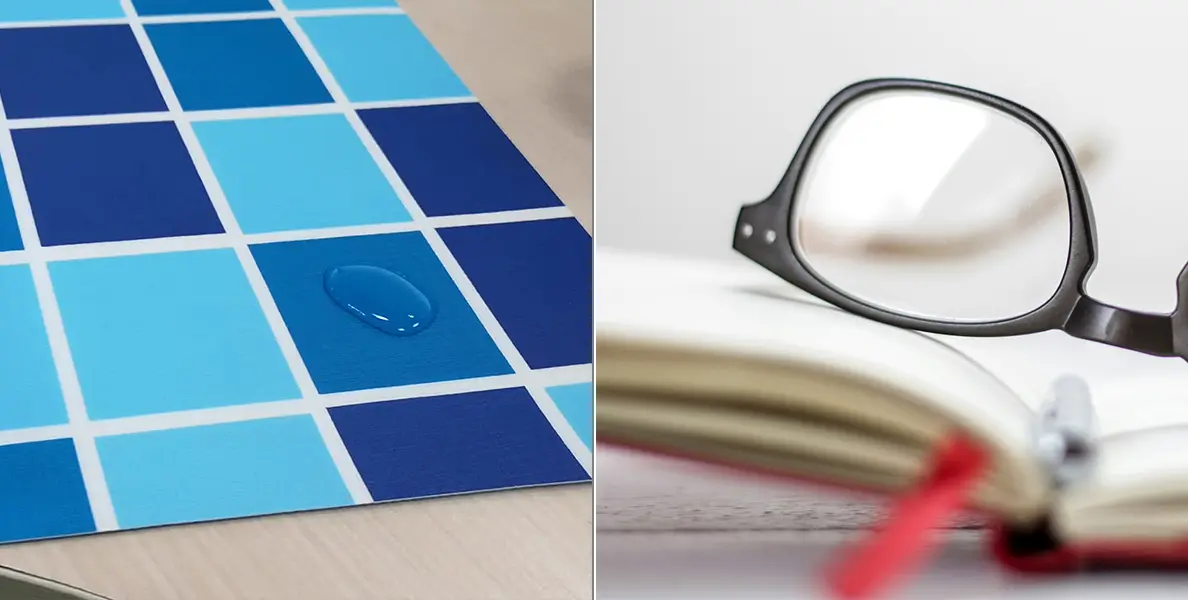
PVC is known for its durability and affordability, making it a popular choice for electrical cable insulation. However, it can become brittle over time when exposed to UV light, limiting its outdoor applications.
Polycarbonate is renowned for its exceptional impact resistance and optical clarity.
It is often used in applications requiring transparency, such as eyewear lenses, safety goggles, and protective shields.
While polycarbonate is generally more expensive, its superior strength and resistance to heat make it ideal for more demanding environments.
| Attributions | PVC | Polycarbonate |
| Suited Parts |
|
|
| UV Light Resistance | Relatively Worse | Better |
| Transparency | Not transparent in most types | Good optical clarity |
| Price | Cheaper | More Expensive |
PVC vs HDPE
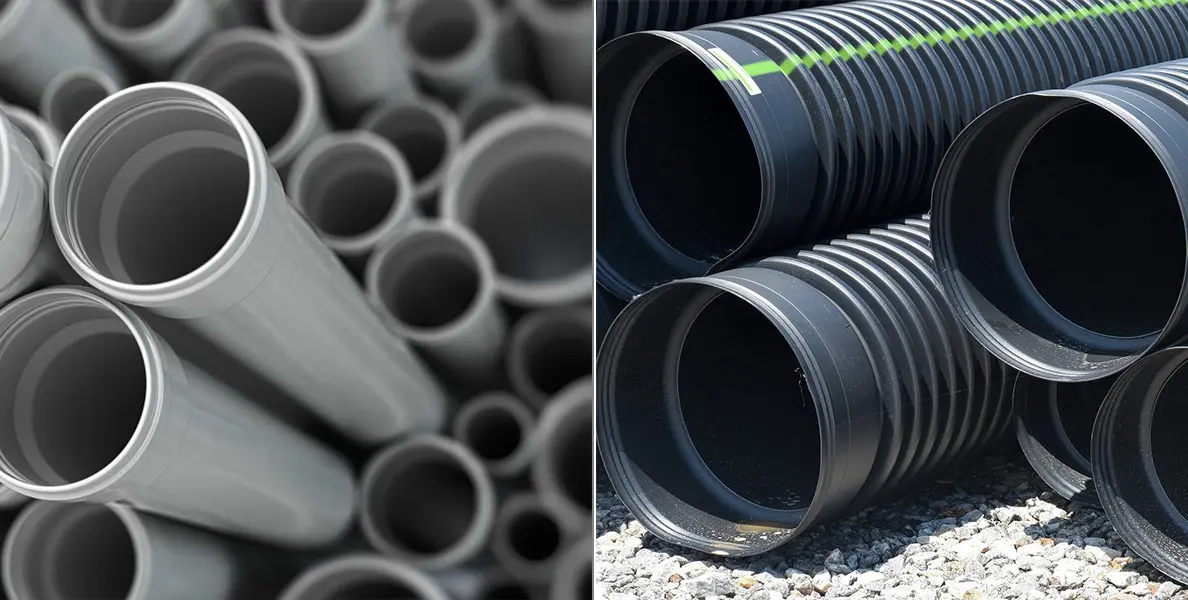
PVC is a popular choice for siding and construction materials. However, its production involves chlorine, raising environmental concerns.
HDPE(high-density polyethylene) is lauded for its flexibility and impact resistance, making it ideal for applications such as plastic bottles and containers.
It is lightweight and has a high strength-to-density ratio, which enhances its usability in various industries. Additionally, HDPE is recyclable and has a lower environmental impact, making it a more sustainable option.
| Attributions | PVC | HDPE |
| Suited Parts |
|
|
| Lifespan | Longer | Shorter |
| Durability | Better | Relatively worse |
| Environmental Issue | May cause pollution because chlorine gas | Recyclable and more environmentally friendly |
Conclusion
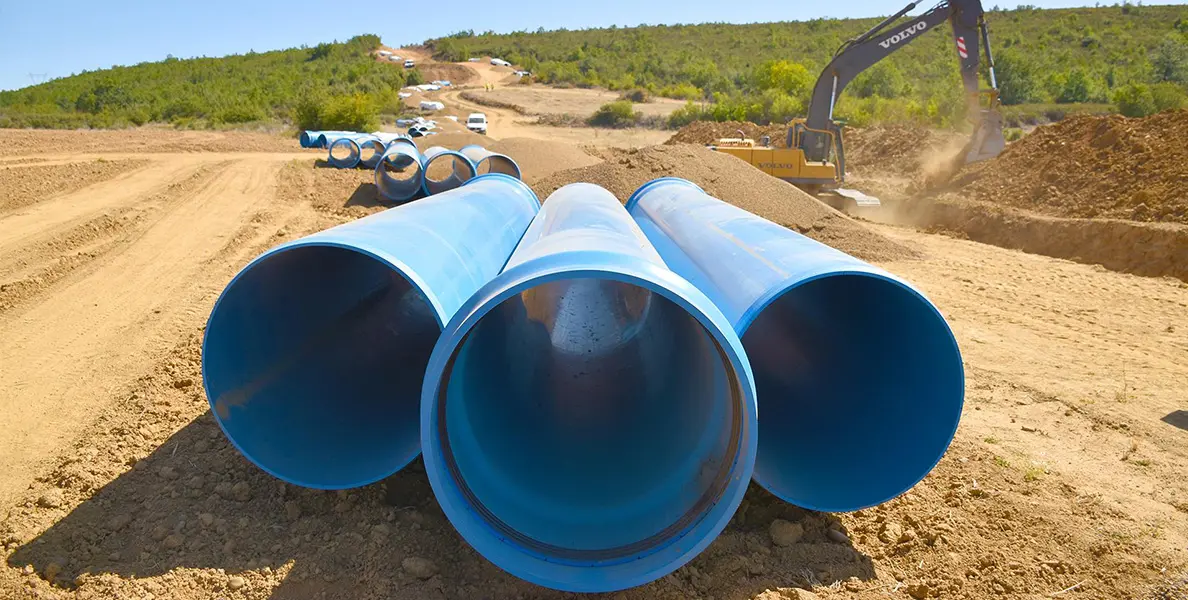
In conclusion, PVC (polyvinyl chloride) is a common material with unique physical and mechanical properties used in manufacturing. It surpasses many materials in some areas but underperforms in others.
How does XMAKE deal with the Polyvinyl Chloride?
As a leading digital manufacturing platform, XMAKE masters multiple manufacturing methods for PVC. It is one of our standard materials for CNC machining, and our suppliers can manufacture a wide range of high-quality parts.
FAQS
Q1: What is polyvinyl chloride and what are its common applications?
A: Polyvinyl chloride is a widely produced synthetic plastic polymer known for its versatility. It is used in a variety of applications including building materials, pipes, packaging, and even household items like shower curtains.
Q2: How is PVC produced and what are its key components?
A: PVC is produced through the polymerization of vinyl chloride monomer (VCM). The chemical structure includes chlorine atoms, which contribute to its unique properties. It is created from VCM and can be modified with plasticizers to enhance flexibility.
Q3: What are the advantages of using PVC in construction?
A: PVC has excellent mechanical properties, making it a popular choice in the construction industry. It is resistant to corrosion, and chemical damage, and is a lightweight alternative to traditional building materials. Additionally, it is widely used for plumbing due to its durability.
Q4: What are plasticizers and how do they affect PVC?
A: Plasticizers are additives used to increase flexibility and workability. By incorporating plasticizers, such as phthalate, the rigid structure can be transformed into a flexible plastic, which is essential for applications like flexible PVC wire insulation.
Q5: Can PVC be recycled and what are the benefits of recycling PVC?
A: Yes, it can be recycled, which helps reduce waste and environmental impact. Recycled PVC can be reused in production, thereby conserving resources and minimizing the dangers of waste.
Q6: What are the dangers of PVC and its production process?
A: The production and disposal can release harmful substances, including hydrogen chloride and chlorine gas. Additionally, certain phthalates have raised health concerns. It is important to manage waste responsibly to mitigate these dangers.
References
- The Editors of Encyclopaedia Britannica. (2024, August 27). PVC | Definition, Synthesis, & Uses. Encyclopedia Britannica. https://www.britannica.com/science/polyvinyl-chloride
- Powdered PVC Polyvinyl chloride (PVC) General-purpose PVC resin High polymerization PVC resin Cross-linked PVC resin-Polyvinyl chloride (PVC)-Tianjin Chengyuan Chemical Co. (n.d.). https://cn.chengyuan-chem.com/?products_66/137.html
- What is PVC and what is vinyl? What is PVC? _Qingdao Plastic Flooring_Qingdao LG Plastic Flooring_Qingdao Armstrong PVC Flooring_Stone Plastic Flooring_Qingdao PVC Locking Floor. (n.d.). Qingdao Laikai Decoration Material Co. http://www.lksjdb.com/webhtml/109.html


